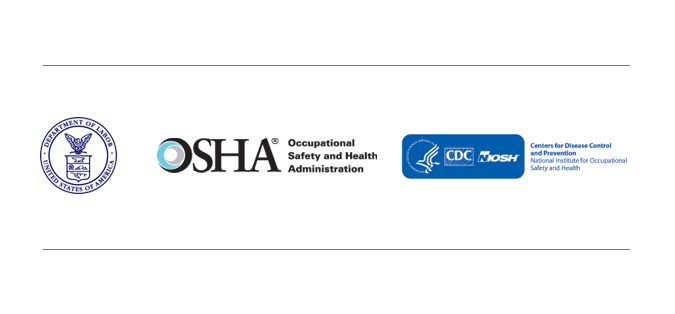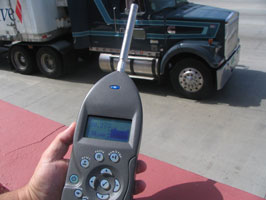NOISE AND HEARING LOSS PREVENTION
Occupational hearing loss is one of the most common work-related illnesses in the United States. Each year, about 22 millionExternal U.S. workers are exposed to hazardous noise levels at work. Over 30 millionExternal U.S. workers are exposed to chemicals, some of which are harmful to the ear (ototoxic) and hazardous to hearing. In addition to damaging workers’ quality of life, occupational hearing loss carries a high economic price to society.
NIOSH Recommendations:
- The NIOSH Recommended Exposure Limit (REL) for occupational noise exposure is 85 decibels, A-weighted, as an 8-hour time-weighted average (85 dBA as an 8-hr TWA) using a 3-dB exchange rate. Exposures at or above this level are considered hazardous.
- Use the NIOSH Hierarchy of Controls to reduce workplace noise to below the NIOSH REL whenever possible. Use hearing protection when hazardous noise levels cannot be adequately reduced.
Noise and Hearing Loss on the NIOSH Science Blog
Page last reviewed: February 6, 2018
Content
source: National Institute for Occupational Safety and Health













